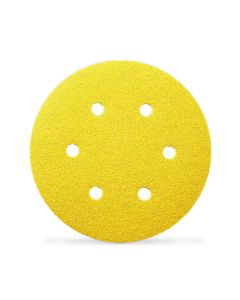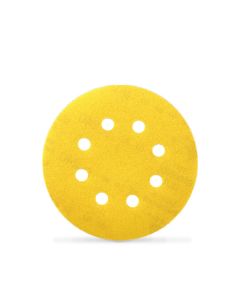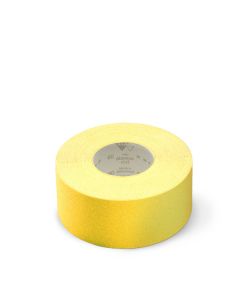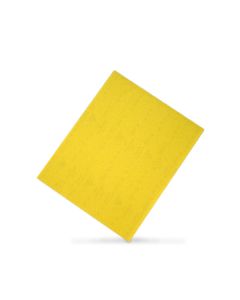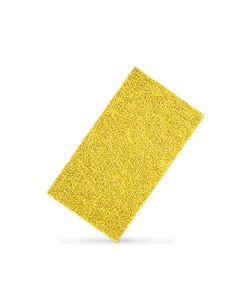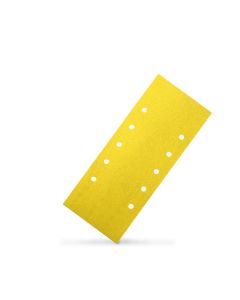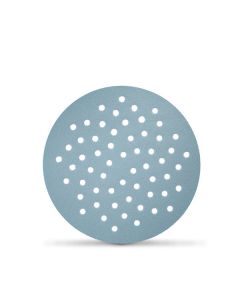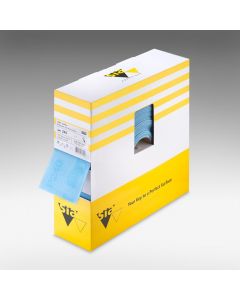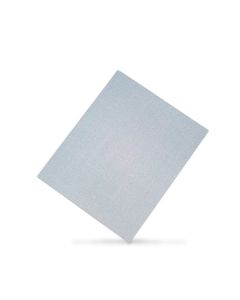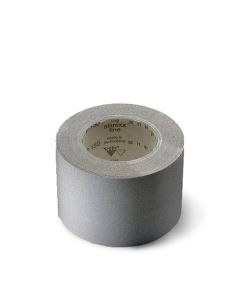How to Sand Wood Faster With Better Results
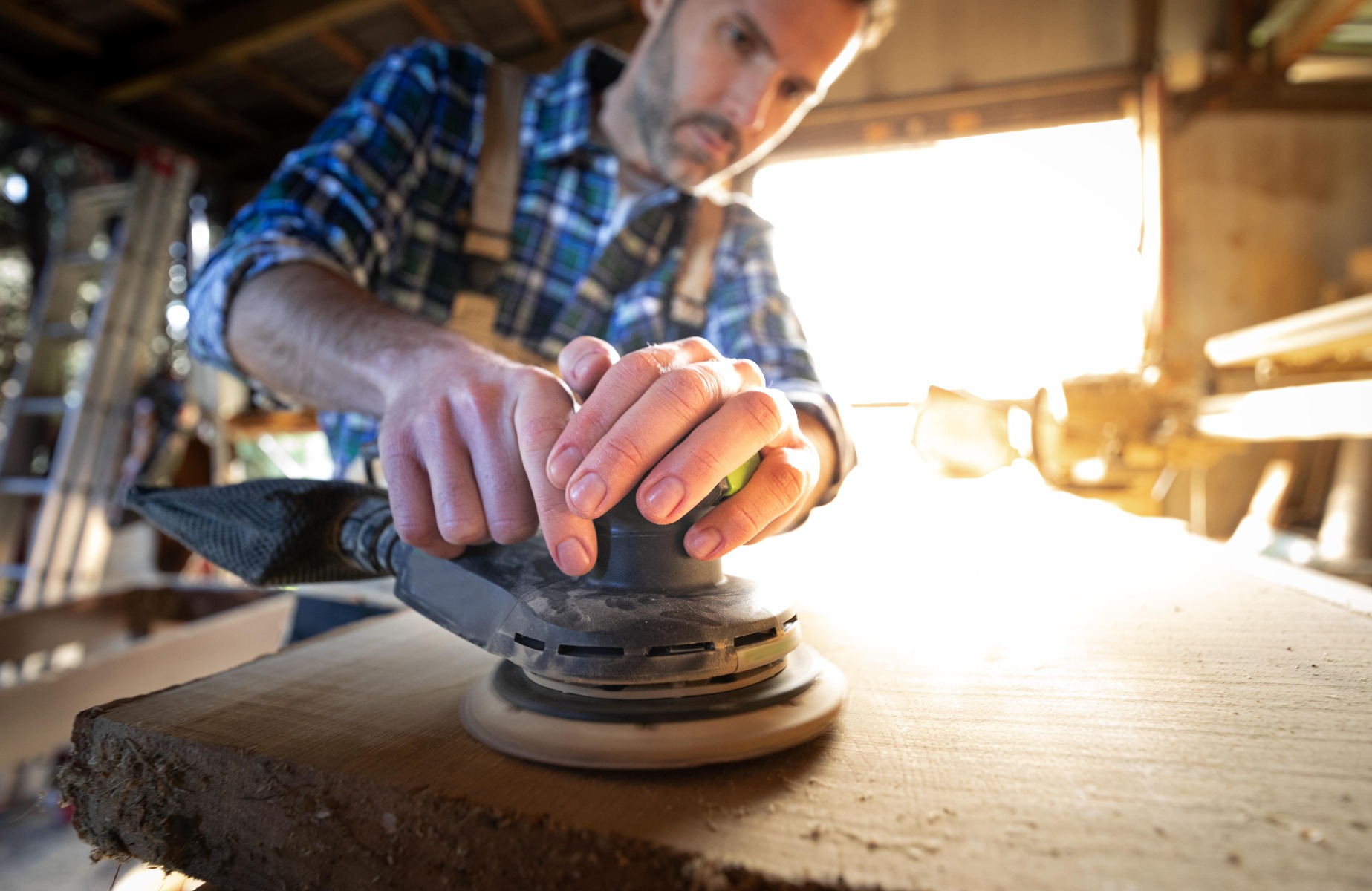
Sanding wood can be a long-winded process. With these handy tips, you will be able to sand wood faster in half the amount of time whilst keeping the quality and wood's natural beauty.
Skip a grit
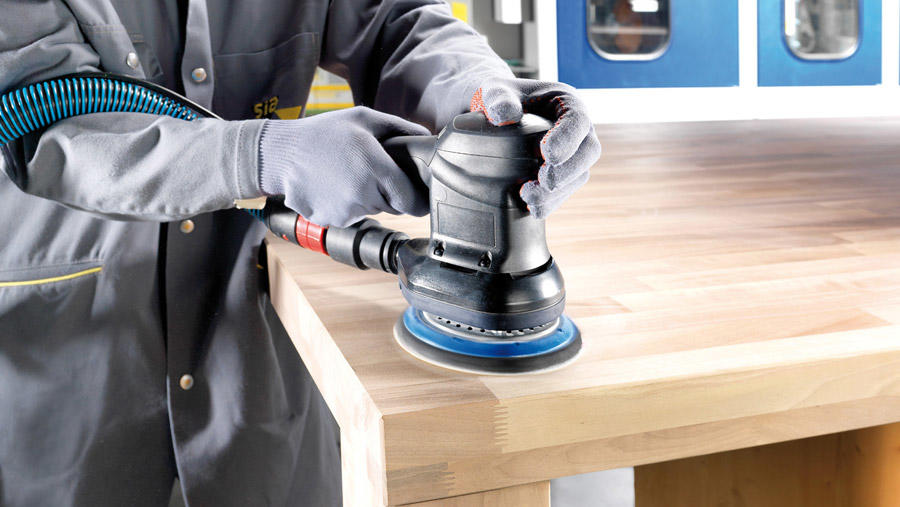 When sanding from coarse to fine you don’t need to use every grit. For a faster result, we recommend using every other grit. For example, if you are using sandpaper we recommend 80-120-180 or 100-150-220.
When sanding from coarse to fine you don’t need to use every grit. For a faster result, we recommend using every other grit. For example, if you are using sandpaper we recommend 80-120-180 or 100-150-220.
Use suction
Using suction keeps the surface clean by removing the dust created whilst sanding. Even if your sander has a built-in dust collection system we recommend connecting to a vacuum. This is because the sander will ride on a thin cushion of dust that prevents full contact between the grit and the wood. The vacuum will, therefore, increase the dust removal, improving your sanders efficiency, which will reduce the time taken.

Prevent swirls
If you are hand sanding, pressing harder as well as moving faster will help you achieve a result faster. When using a random orbit sander increasing the pressure or speed can do the opposite. Instead, this can create small swirling scratches, which can be unnoticeable until they are varnished over. These scratches will consequently have to be sanded out, creating an additional step to your process. It is therefore not just about sanding faster, but reducing the time that it takes by avoiding small mistakes. To prevent this extra step the force applied to the wood is an important factor, the weight of your arm should provide enough pressure. We recommend that when sanding with a random orbit sander the slower you go the more effective the result.
When to stop
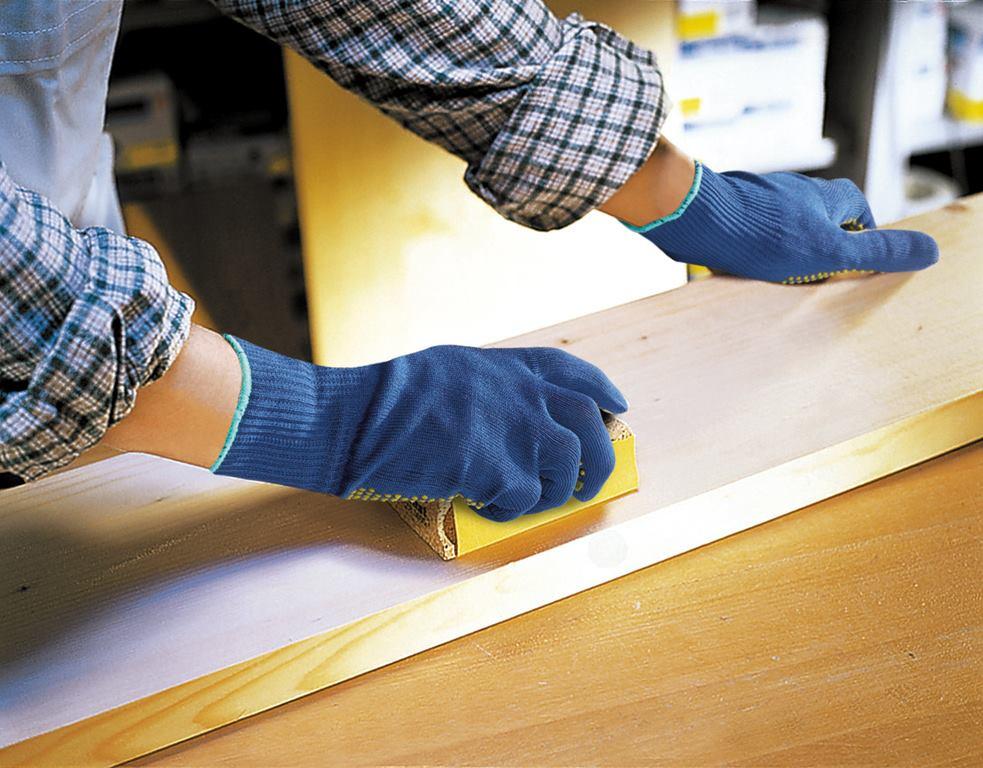
Knowing when to stop is a great tip when you want to achieve a high-quality result in a short amount of time. Without knowing you could be sanding for a lot longer than what is actually needed. However, knowing when to stop is not generalised, it can depend on the type of grain and finish you want to achieve:
- Open Wood Grain – this applies to woods such as oak and walnut. Open grain woods have coarse grain lines and a rough texture. Therefore sanding to a very fine grain line could be a waste of your time.
- Closed Wood Grain – this applies to woods such as maple and cherry. Closed grain woods have a smoother more uniform texture. Therefore these woods will need to be sanded with finer grits before the sanding scratches will disappear.
If you are adding finishes with a thicker coating such as varnish and lacquer or a thinner coating such as oil, the grit you stop at can vary.
- Thick Coating - you can stop at 150 grit on open grain and 180 on closed grain.
- Thin Coating - higher grains are better, therefore you can stop at 220 on open grain, 240 on closed.

Pre-sand
If you have larger pieces of wood board that you are planning on cutting up, sanding it all with an 80-100 grit before you cut it will save you time. This initial sanding process is the heaviest part as it involves removing the scratches, dents and milling marks. By leaving your board whole you can sand it using a belt sander. This will eliminate the repetition of stopping, starting and setup for individual parts.
Gang sanding
If you have duplicate wood panels it is possible for you to sand them at the same time. Gang sanding with a random orbit or belt sander allows you to smooth edges in one pass. The now wider surface made up of multiple panels prevents the sander from grinding to deep. This is due to the surface pressure that has now been distributed between the panels. As a result, you are creating identically sanded pieces as well as saving time.
Use premium paper

By using a premium paper from our professional grade ranges such as sia Abrasives you will be able to sand wood faster as well as gaining a better result. A premium paper has sharper particles of grit, allowing you to sand at two or three times the rate of standard paper. Premium paper may cost more, but the grit will stay sharper for longer saving you money in the long term, whether you are using abrasive sheets or discs.
Equipment you will need
In order to follow these handy tips you will need the following:
- Belt sander
- Clamps
- Dust mask
- Hearing protection

- Abrasives
- Orbital sander
- Rags
- Safety glasses
- Sanding block
- Shop vacuum
For more information on our premium sia Abrasives please click here.






